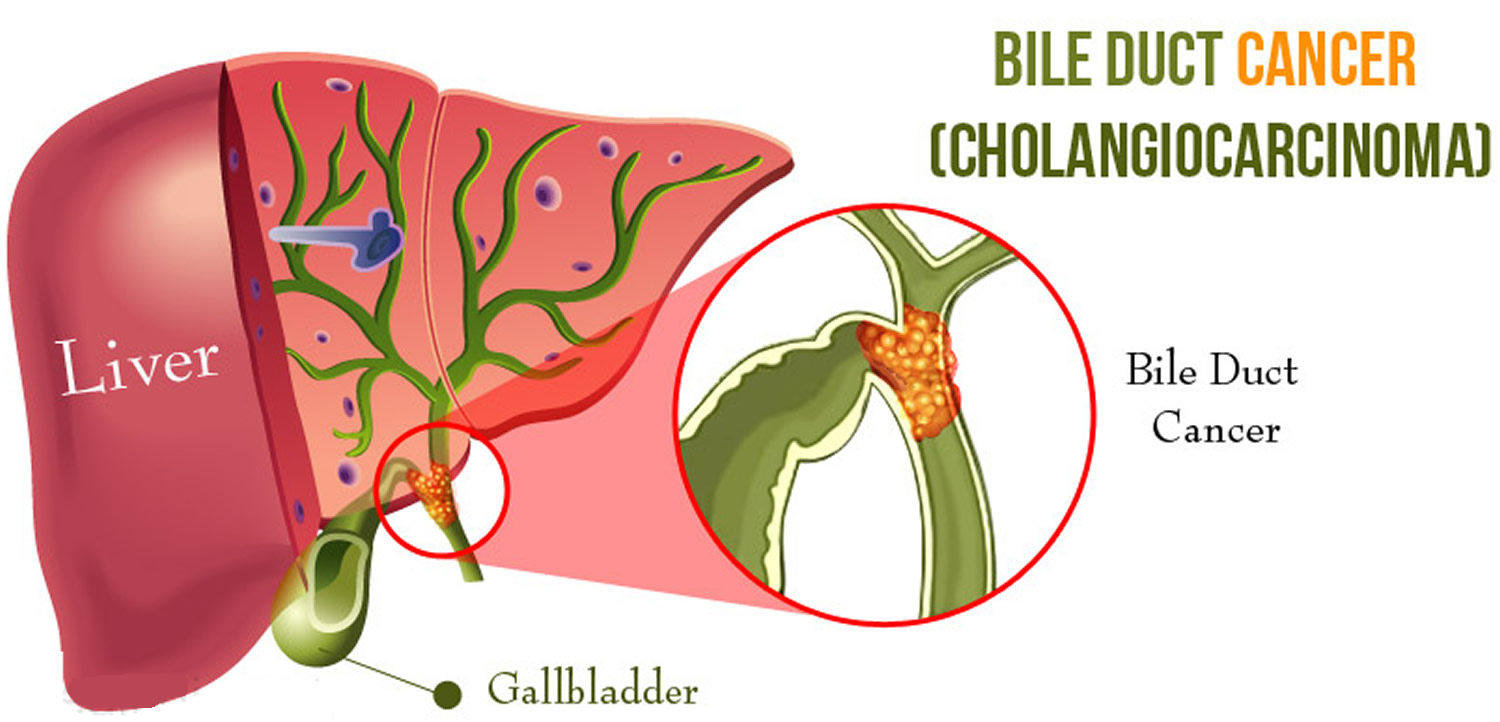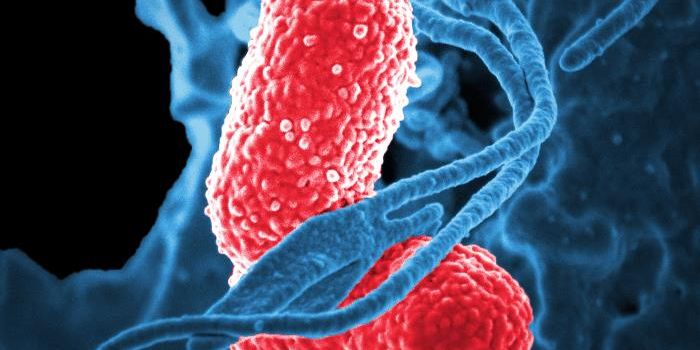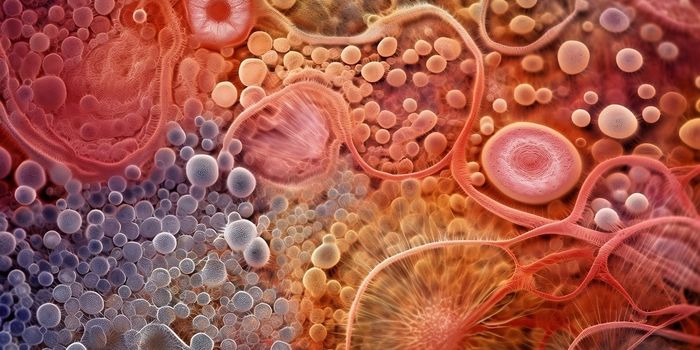Potential Therapeutic Treatment for Bile Duct Cancer
Cholangiocarcinoma better known as bile duct cancer; is a rare but aggressive form of cancer occurring commonly in individuals over the age of 50. The tumors of bile duct are difficult to treat and often surgically impossible to remove. This is due to the fact that once bile duct cancer is detected, it has spread causing it to be inoperable.

Many oncologists have opted to the use of chemotherapy and radiation therapy to shrink the tumor in hopes to surgically remove it; however, these cases often are not successful because the cancer has reached a late stage. The urgent need for prevention and management for bile duct cancer has reached new heights. This has inspired a research team at The Institute of Cancer Research (ICR) - London to seek a therapy that can treat bile duct tumors. The research team leader Dr. Chiara Braconi, a clinician scientist at the ICR as well as the consultant medical oncologist at The Royal Marsden NHS Foundation Trust, explains “Bile duct cancer is an extremely difficult disease to treat. We desperately need new treatment options so we can offer patients precious extra time with their loved ones”.
Such treatment consists of a class of inhibiting drugs known as Hsp90, which were discovered to eradicate cancer cell signaling. These Hsp90 inhibiting drugs have been successful at destroying bile duct cancer cells that have been cultured or transplanted into mice. The research team was also successful at uncovering a biomarker that can provide information on cancer cell response regarding treatment. This cancer cell response consists of a small molecule known as MIR21 that is produced to resist therapy of HSP90. The resistance of cancer cells to HSP90 inhibitor is dependent on the levels of MIR21. In other words, the higher the levels of MIR21, the higher the resistance of cancer cells to HSP90 inhibitors.

This discovery can allow for a future testing protocol of MIR21 which can determine if a patient’s cancer will likely respond to Hsp90 inhibitor drugs. Additionally, this encourages future drug discovery research particularly in blocking the production of MIR21 which may be used in combination with HSP90 inhibitor drugs.
“Hsp90 inhibitors were particularly effective against bile duct cancers, and we found that high MIR21 levels were a marker for cancers that are more resistant to these drugs, and might also be a target for future drugs that would increase sensitivity,” says Dr. Braconi.
The ICR research team first began their studies through the screening of 484 prototype and current drugs on cultured cancerous cells searching for those that have cancer-killing properties. They then progressed their research by growing cancer cells in a three-dimensional shape in hopes to imitate the growth in humans. The development of the 3D tumor can provide a useful screening of cancer-killing drugs. It can also allow researchers to study how a cancer cell responds to a chemical treatment in regards to gene expression, biochemical responses, and morphology to better understand tumor resistance. This allowed the ICR team to discover Hsp90 inhibiting drugs and their effective role in eradicating mini bile duct tumors.
Sources: American Society of Cancer, Institute of Cancer Research, Technology Networks

-
MAY 07, 2024Is It Anti-RNP or Anti-Sm/RNP?
- See More
-
APR 30, 2024Immuno-Oncology Virtual Event Series 2024
-
MAY 07, 20243rd International Biosecurity Virtual Symposium
-
JUN 06, 2024The Future of Scientific Conferencing
- See More

















































